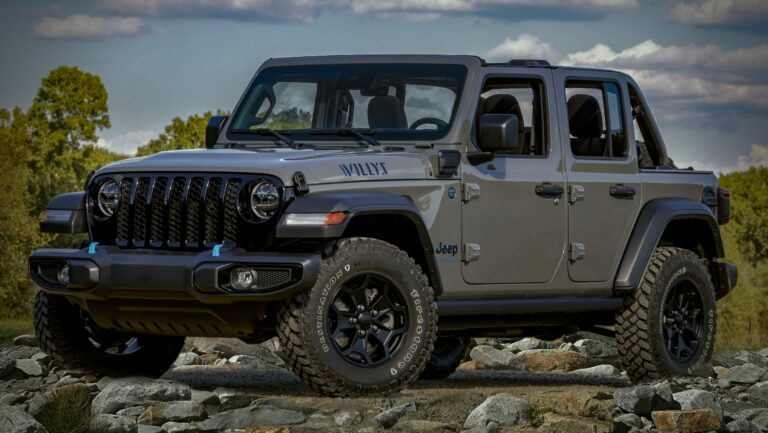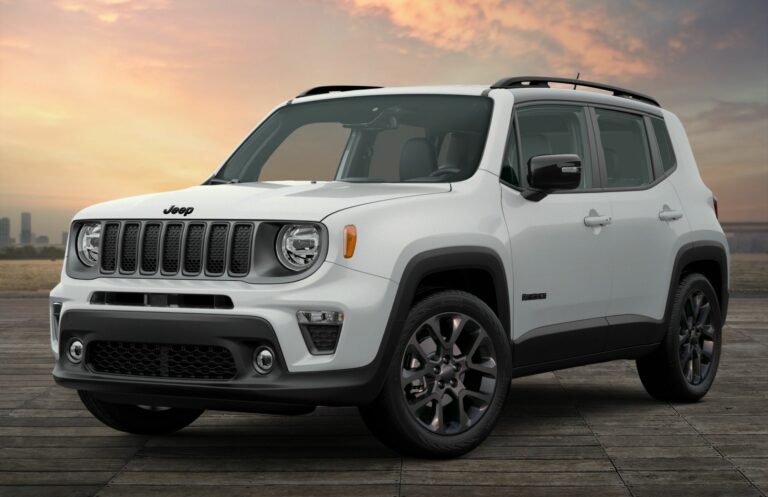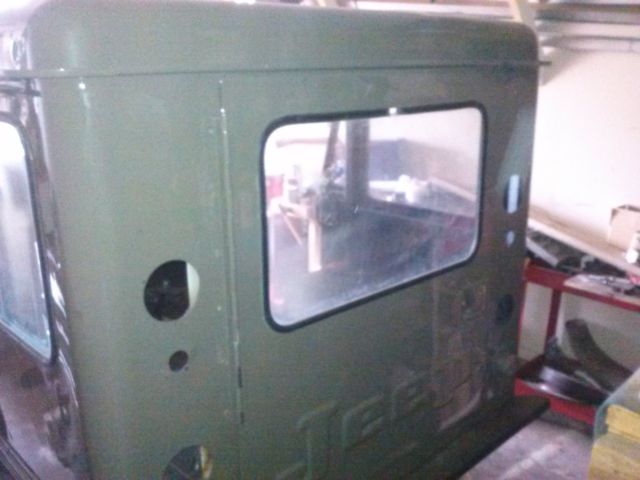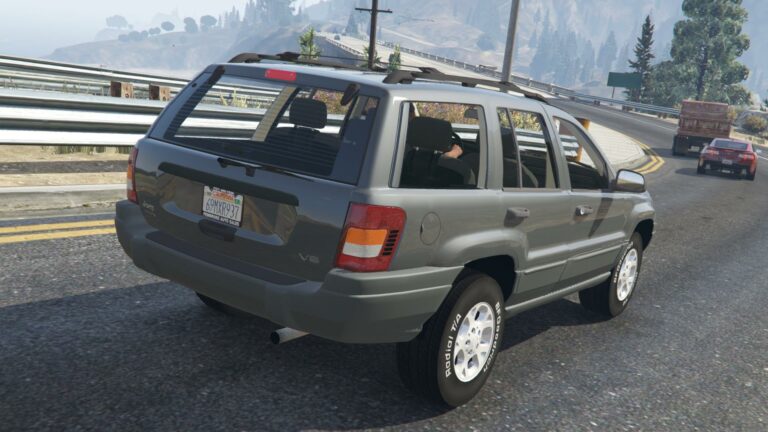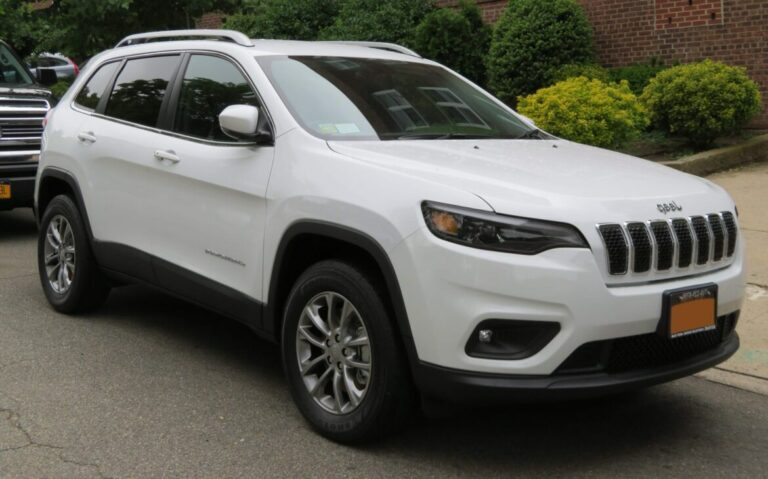89 Jeep Comanche For Sale: Your Ultimate Guide to Finding and Owning a Classic Workhorse
89 Jeep Comanche For Sale: Your Ultimate Guide to Finding and Owning a Classic Workhorse jeeps.truckstrend.com
The year 1989 stands out for many reasons, and in the world of automotive enthusiasts, it marks a pivotal moment for a vehicle that continues to capture hearts: the Jeep Comanche. More than just a pickup truck, the 1989 Jeep Comanche, often referred to by its model year, represents a unique blend of Jeep’s legendary off-road capability and the utility of a light-duty truck. For those in the market for an "89 Jeep Comanche for sale," you’re not just looking for a vehicle; you’re seeking a piece of American automotive history, a rugged workhorse, and a versatile platform ripe for adventure or restoration. This comprehensive guide will navigate you through everything you need to know about finding, evaluating, and owning one of these iconic pickups.
Why the 1989 Jeep Comanche Still Captivates
89 Jeep Comanche For Sale: Your Ultimate Guide to Finding and Owning a Classic Workhorse
The Jeep Comanche (MJ) was produced from 1986 to 1992, sharing its Unibody XJ Cherokee platform, which contributed significantly to its robust, yet relatively lightweight, construction. The 1989 model year is particularly desirable for several reasons. By ’89, the Comanche had matured, benefiting from earlier production refinements, and importantly, it was firmly established with the bulletproof 4.0-liter inline-six (I6) engine as its flagship powerplant.
Its unibody design, while unconventional for a pickup, gave it a car-like ride and handling, coupled with impressive rigidity. This unique blend made it agile on trails and comfortable on the road, distinguishing it from traditional body-on-frame pickups. The Comanche embodies the rugged spirit of Jeep, offering a practical bed for hauling while maintaining the brand’s renowned off-road prowess, especially when equipped with four-wheel drive. For collectors, off-roaders, and practical users alike, the ’89 Comanche offers a rare combination of utility, heritage, and a burgeoning classic status.
Key Features and Specifications of the ’89 Comanche
Understanding the specifics of the 1989 model year is crucial for any potential buyer.
Engine Options:
- 2.5L AMC (TBI) Inline-4 (I4): This throttle-body injected four-cylinder engine offered decent fuel economy for its time, producing around 117 horsepower. It’s suitable for lighter duties and those prioritizing efficiency over raw power.
- 4.0L AMC Renix Inline-6 (I6): The undisputed king of Comanche engines, this fuel-injected powerhouse delivered 177 horsepower and 224 lb-ft of torque. Known for its legendary reliability, torquey performance, and ease of maintenance, the 4.0L is the most sought-after engine choice for its off-road capability and durability.

Transmission Options:
- Manual Transmissions: Typically a 5-speed manual (e.g., Aisin AX-15 for 4.0L, Peugeot BA-10/5 for early 4.0L or 2.5L). The AX-15 is generally preferred for its robustness.
- Automatic Transmissions: Primarily the 4-speed Aisin-Warner AW4, renowned for its durability and smooth shifts, especially when paired with the 4.0L engine.

Drivetrain:
- 2-Wheel Drive (2WD): Often found in base models, providing standard truck utility.
- 4-Wheel Drive (4WD): Available with various transfer cases (e.g., NP207, NP231, NP242), offering part-time or full-time four-wheel drive capability, essential for off-roading.

Trim Levels:
The ’89 Comanche came in several trim levels, each offering different levels of features and aesthetics:
- SporTruck: The base, no-frills work truck.
- Pioneer: A step up, offering more comfort and amenities.
- Chief: Sportier trim with more exterior accents.
- Laredo: Higher-end trim with more luxury features.
- Eliminator: The top-tier, performance-oriented trim, often featuring sport seats, unique decals, and commonly paired with the 4.0L engine.
Bed Lengths:
Comanches were available with two bed lengths:
- Short Bed: Approximately 6 feet (74.7 inches), offering a more compact footprint.
- Long Bed: Approximately 7 feet (87.2 inches), providing maximum cargo capacity.
What to Look For When Buying an ’89 Comanche
Finding an "89 Jeep Comanche for sale" requires a keen eye and a thorough inspection. These trucks are decades old, and their condition can vary wildly.
1. Rust Inspection: The Primary Enemy
- Frame/Unibody Rails: Critically inspect the unibody rails, especially near the suspension mounting points and where the front clip meets the cab. Rust here can be structural.
- Floor Pans & Rocker Panels: Check for perforations or significant bubbling.
- Bed: Look for rust in the bed floor, wheel wells, and tailgate.
- Cab Mounts & Fenders: Areas prone to trapping moisture.
2. Engine Health: The Heartbeat
- 4.0L I6: Listen for any knocking, ticking (especially valvetrain noise), or excessive smoke from the exhaust. Check for leaks, particularly the notorious Rear Main Seal (RMS) leak, which is common but not necessarily a deal-breaker if minor. Ensure oil pressure is healthy.
- Cooling System: Inspect the radiator, hoses, and water pump for leaks. Overheating issues can lead to cracked cylinder heads (though less common on the Renix 4.0L than later HO versions).
- 2.5L I4: Similar checks for leaks and unusual noises.
3. Transmission & Drivetrain: Smooth Operator
- Manual Transmission: Test all gears for smooth engagement. Listen for grinding or difficulty shifting.
- Automatic Transmission (AW4): Check fluid color (should be red, not brown or black) and smell (shouldn’t smell burnt). Test for smooth shifts through all gears, both up and down.
- Transfer Case (4WD Models): Engage 4-High and 4-Low. Listen for grinding or clunking. Ensure the front axle engages.
- Axles & Driveshafts: Look for leaks at the differential covers and pinion seals. Check U-joints for play.
4. Suspension & Steering: Handling the Road
- Leaf Springs: Comanche leaf springs are known to sag over time, especially the rear. Look for inverted springs or severely compressed packs.
- Bushings & Ball Joints: Check for wear in control arm bushings, tie rod ends, and ball joints. Excessive play indicates replacement is needed.
- Steering Box: Feel for excessive play in the steering wheel. A worn steering box is a common issue.
5. Electrical Systems: Lights and Gadgets
- Test all lights (headlights, tail lights, turn signals, brake lights), gauges, power windows, wipers, HVAC system, and radio. Electrical gremlins can be frustrating to diagnose.
6. Interior Condition: Comfort and Wear
- Inspect seats for tears, dashboard for cracks (common), and headliner for sagging. Check door panels, carpet, and trim.
7. Documentation: History Tells a Story
- Request the vehicle’s title, service records, and any repair receipts. A well-documented history can be a significant plus.
Common Issues and Solutions
While the ’89 Comanche is robust, it’s not without its quirks.
- Rear Main Seal (RMS) Leaks: Extremely common on the 4.0L. While it can be a significant repair, many owners live with minor leaks. Solutions range from heavier oil to full seal replacement.
- Cooling System Vulnerabilities: Age leads to brittle plastic components. Regular flushing and replacement of hoses, radiator, and water pump are good preventative measures.
- Rust: As mentioned, pervasive rust is the biggest threat. Prevention through undercoating and prompt repair of minor spots is key.
- Electrical Gremlins: Often due to old wiring, poor grounds, or corroded connections. Systematically checking circuits and cleaning grounds can resolve many issues.
- Sagging Rear Leaf Springs: Leads to a "squatted" appearance. Solutions include add-a-leaf kits, full leaf pack replacement, or shackle relocators.
Pricing Considerations and Market Value
The price of an "89 Jeep Comanche for sale" varies widely based on its condition, mileage, engine, drivetrain, trim level, and location. A pristine, low-mileage, 4.0L 4×4 Eliminator will command a premium, while a rusty 2WD 2.5L SporTruck will be significantly less.
Factors Influencing Price:
- Condition: Pristine, running, driving, project, parts vehicle.
- Engine: 4.0L commands more than 2.5L.
- Drivetrain: 4×4 models are significantly more valuable than 2WD.
- Trim Level: Eliminator and Laredo trims are typically higher priced.
- Mileage: Lower mileage, all else being equal, means a higher price.
- Modifications: Quality aftermarket parts (lifts, bumpers, etc.) can add value if done well; poor modifications can detract.
- Documentation: Service records can increase confidence and value.
Estimated Price Range Table: 89 Jeep Comanche For Sale
| Condition Category | Trim Level (Examples) | Engine Type | Drivetrain | Estimated Price Range (USD) | Key Characteristics |
|---|---|---|---|---|---|
| Project/Parts | SporTruck, Pioneer | Any | Any | $1,000 – $3,500 | Significant rust, non-running or major mechanical issues, incomplete interior, significant body damage. Requires extensive work or is suitable for parts donation. |
| Fair/Running | SporTruck, Pioneer, Chief | 2.5L I4, 4.0L I6 | 2WD, 4WD | $3,500 – $7,000 | Visible rust, minor mechanical issues (leaks, minor electrical), worn interior, high mileage. Drives but needs repairs for reliability or daily use. |
| Good/Driver | Pioneer, Chief, Eliminator | 4.0L I6 | 4WD | $7,000 – $15,000 | Minimal surface rust, mechanically sound (may have minor cosmetic flaws or minor non-critical issues), functional interior, moderate mileage. Suitable for daily driving or light trails with minimal immediate work. |
| Excellent/Collector | Eliminator, Laredo | 4.0L I6 | 4WD | $15,000 – $25,000+ | Very clean body with little to no rust, original paint in good condition or quality repaint, fully functional and well-maintained mechanicals, clean interior, potentially lower mileage. Ready for show or reliable daily use. |
Note: These are estimates. Prices can fluctuate based on market demand, regional availability, specific modifications, and detailed vehicle history.
Finding Your Perfect ’89 Comanche
When looking for an "89 Jeep Comanche for sale," consider the following avenues:
- Online Marketplaces: Craigslist, Facebook Marketplace, eBay Motors, AutoTrader Classics. Use specific search terms like "Jeep Comanche MJ," "1989 Comanche," or "Jeep pickup."
- Specialized Forums & Clubs: Jeep Comanche forums (e.g., ComancheClub.com) often have "for sale" sections where enthusiasts sell well-maintained vehicles.
- Local Ads & Word of Mouth: Check local classifieds, attend car shows, or simply ask around. You might find a gem from an owner who isn’t actively advertising online.
- Auctions: Online and in-person automotive auctions can sometimes yield good finds, but thorough pre-purchase inspection is critical here.
Restoration vs. Daily Driver
Decide your purpose before buying. Are you looking for a project to restore to its former glory, or do you need a reliable daily driver or weekend off-roader?
- Restoration: Expect to invest significant time and money. A rusty frame or major engine issues might be acceptable if your goal is a full rebuild.
- Daily Driver/Off-Roader: Prioritize mechanical soundness and minimal rust. Cosmetics can be improved later, but a solid foundation is paramount.
Practical Advice and Actionable Insights
- Set a Budget (and Stick to It): Factor in not just the purchase price, but also potential repair costs, insurance, and registration.
- Bring a Mechanic: If you’re not mechanically inclined, pay a trusted mechanic to perform a pre-purchase inspection. It’s money well spent.
- Test Drive Thoroughly: Drive at various speeds, on different surfaces, and test all functions.
- Don’t Rush: The right Comanche will come along. Patience is key.
- Join a Community: Connect with Comanche owners online. They can offer invaluable advice, parts sources, and support.
Conclusion
The 1989 Jeep Comanche holds a special place in the hearts of Jeep enthusiasts and truck lovers alike. Its unique unibody construction, coupled with the legendary 4.0L engine and Jeep’s go-anywhere spirit, makes it a highly desirable classic. While finding an "89 Jeep Comanche for sale" in excellent condition requires diligence and a keen eye for detail, the reward is ownership of a truly distinctive and capable vehicle. Whether destined for rugged trails, daily commuting, or a meticulous restoration, the ’89 Comanche promises an experience unlike any other pickup. Its enduring appeal is a testament to its robust design and the timeless legacy of the Jeep brand.
Frequently Asked Questions (FAQ)
Q1: Is the ’89 Jeep Comanche reliable?
A1: Yes, especially models equipped with the 4.0L inline-six engine and AW4 automatic transmission. These powertrains are known for their extreme durability and longevity, often lasting well over 200,000 miles with proper maintenance. However, as with any older vehicle, regular maintenance and addressing age-related wear are crucial.
Q2: What’s the best engine for an ’89 Comanche?
A2: The 4.0L AMC Renix Inline-6 (I6) is overwhelmingly considered the best choice. It offers a perfect balance of power, torque, and legendary reliability for both daily driving and off-road adventures.
Q3: Are parts still available for the ’89 Comanche?
A3: For the most part, yes. Since the Comanche shares many components with the highly popular Jeep XJ Cherokee (which ran until 2001), mechanical parts, suspension components, and many interior/exterior trim pieces are readily available through aftermarket suppliers, online retailers, and salvage yards. Specific Comanche-only body panels (like the bed) can be harder to find but are still out there.
Q4: Can an ’89 Comanche be used as a daily driver?
A4: Absolutely, many owners use their Comanches as daily drivers. Given its unibody construction, it offers a more comfortable ride than many traditional body-on-frame trucks of its era. A well-maintained 4.0L 4×4 model can be a very dependable and enjoyable daily vehicle.
Q5: What’s the difference between the bed lengths?
A5: The ’89 Comanche came with either a 6-foot (Short Bed, ~74.7 inches) or a 7-foot (Long Bed, ~87.2 inches) cargo bed. The long bed offers more hauling capacity, while the short bed provides a slightly shorter wheelbase, potentially improving maneuverability on tight trails.
Q6: Is the ’89 Comanche good for off-roading?
A6: Yes, exceptionally so. Built on the same platform as the iconic XJ Cherokee, the 4×4 Comanche benefits from excellent ground clearance (especially when lifted), robust solid axles, and the torquey 4.0L engine. It’s a highly capable off-road machine, well-regarded in the rock-crawling and trail-riding communities.
